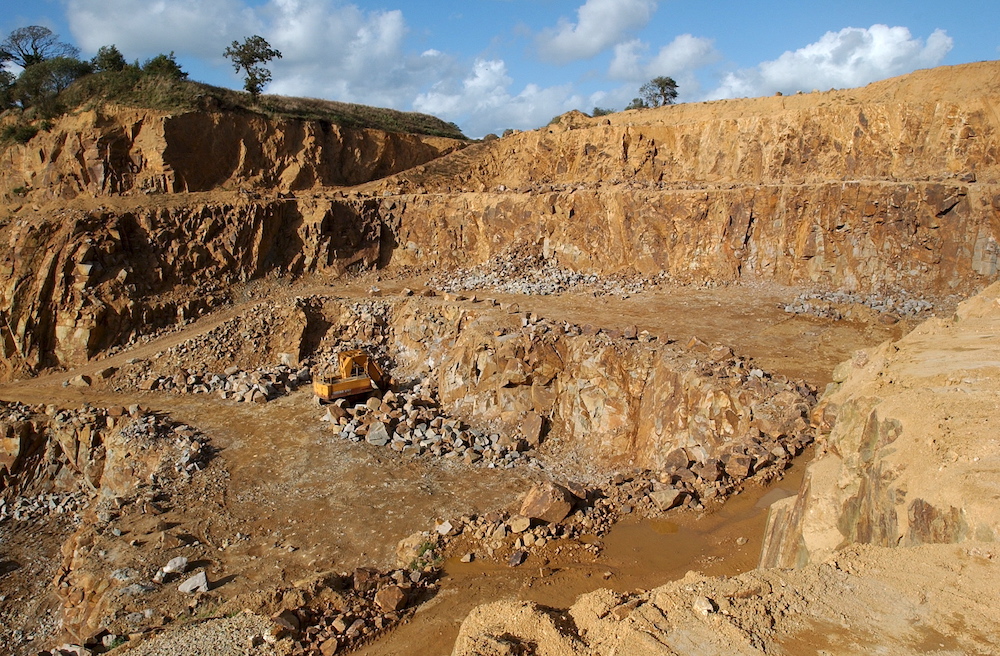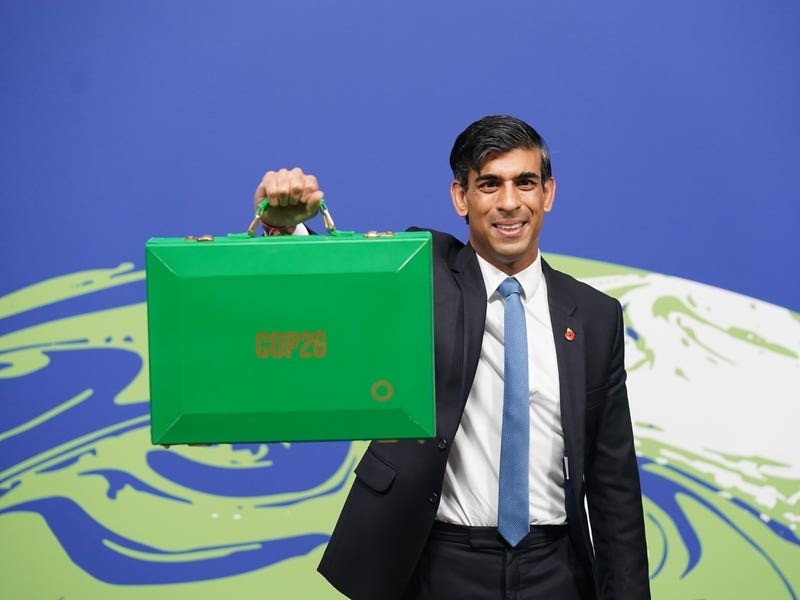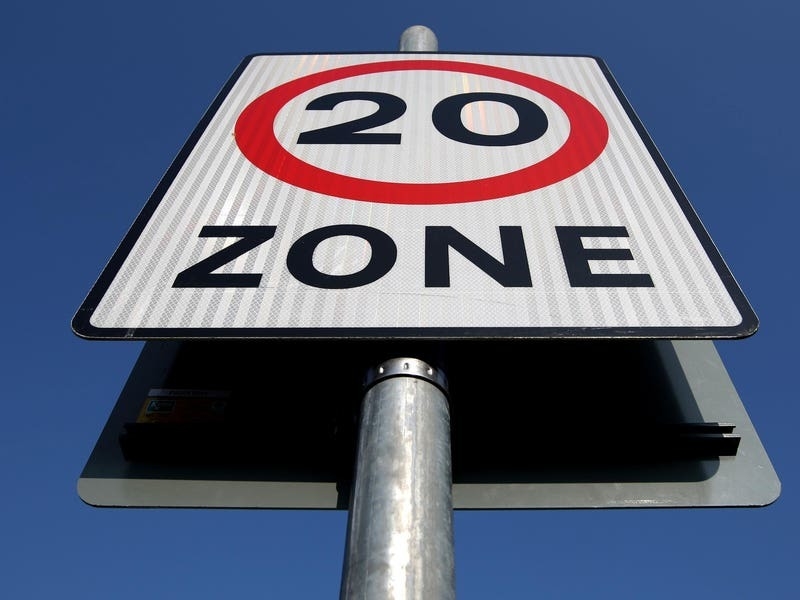RAW building material prices will almost double if they are imported instead of continuing to be mined at La Gigoulande Quarry, according to independent inspectors who support the controversial extension of the site.
The earmarking of field MY966 at the top of St Peter’s Valley for an extension so mining can continue at the quarry has been one of the most controversial aspects of the Draft Bridging Island Plan, having received more than 200 objections from Islanders and visitors.
Senator Kristina Moore has lodged an amendment to block the expansion of the site, which has received the support of several Deputies and Constables.
But Environment Minister John Young recently restated his intention to reject the amendment, on the basis that the extension will support the sustainability of the construction industry.
Following public hearings into the Draft Bridging Island Plan, independent planning inspectors Keith Holland, Geoff Salter, and Derek Stebbing have published a report outlining their support for the Environment Minister’s position.
It says that the alternative of importing aggregates would likely be nearly twice as costly as continuing to use La Gigoulande, and create a higher carbon footprint.
‘The evidence at the hearing indicated that in all likelihood imported aggregate would cost almost double (about 90%) more than material quarried on-Island, through additional transport costs, port handling costs and duties.
‘In the medium term, the carbon footprint of importation might be reduced through use of a different power source for shipping but, for the present, the use of material from the Island is likely to be a more sustainable option,’ it says.
It adds that the impact on a local business that had raised concerns about the extension was ‘difficult to predict with certainty’.
‘The operator of a long-established hotel, Greenhills, located about 250 metres to the south of the proposed extension, expressed grave concerns about the impact on business if potential visitors saw that a quarry was located closer to the hotel than at present.
‘We appreciate there may be potential marketing problems but the affect on visitor numbers is difficult to predict with certainty, especially if the quarry continues to extract materials in accordance with normal reasonable conditions about methods of operation.’
The report adds that the Ronez Quarry in St John will not be able to meet ongoing annual demand for aggregates by itself if existing supplies at La Gigoulande run out in several years’ time, as anticipated.
‘If production at La Gigoulande was limited to the existing permission, at current extraction rates supply there would run out in about six or seven years.
‘Quantifying the usable rock under the proposed expansion site is not an exact science but [site owner] Granite Products’ consultant estimated there could be about three million tonnes available.
‘Ronez Ltd gave evidence that there was a total of about 6.4 million tonnes potentially available at their site.
‘This indicates that Ronez Quarry alone might contain enough rock to meet the Island’s needs for many years.
‘However, the key point concerns the rate of annual production; this would be a maximum of about 150,000 tonnes per annum, which is well below the 260,000 tonnes per annum required at current forecasts,’ it says.






